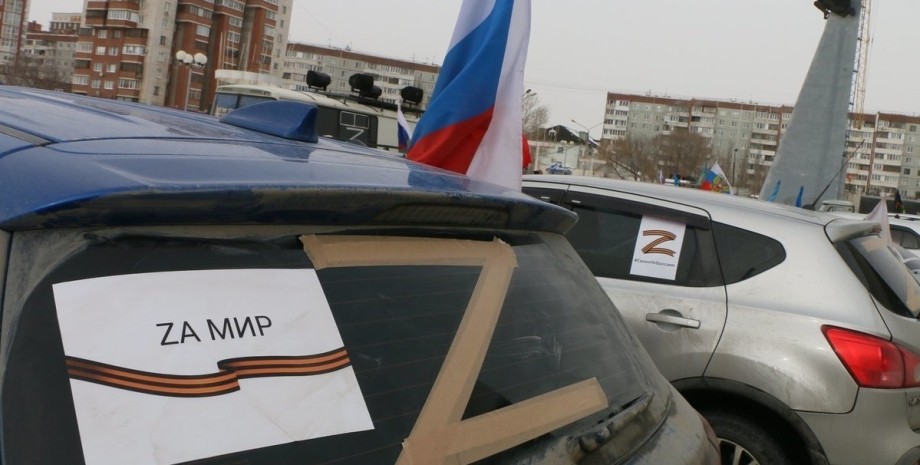
 By Eliza Popova
By Eliza Popova
In focus, technology appeared its Telegram channel. Subscribe not to miss the latest and most intrusive news from the world of science! Dubrovnik walls are evidence of the city's stability in the face of troubles. They have withstood medieval siege, modern wars and even earthquakes, which makes them a stable symbol of the city's strength and determination.
The origins of the walls reach the early Middle Ages, the end of the 8th century AD, when the construction of the first limestone fortifications around the city began. Subsequently, the walls were repeatedly completed and rebuilt when new threats emerged. In the 9-10 centuries, walls were built to protect the eastern part of the city. When the Saracens attacked in the 9th century, the siege lasted 15 months, which indicates that even at that time the city was well fortified.
It was only the first of many future sieges. In the 11th century, the Maritime Channel, which separated the city from the mainland, covered the earth, and the city merged with settlements on land. This has led to the fact that the original walls were completed, forming a single wall built around the entire territory. Work on the current city walls began in the 12th century and consisted of a simple stone shaft with wooden palisades.
These relatively simple walls were then constantly expanding and strengthened, as Dubrovnik grew up as a shopping center and marine force in the region. The bulk of construction occurs between the 14th and 15th centuries, when the city gained complete independence from the Venetians. At this time, the walls were expanded to surround the whole city, and various towers and forts were added along the walls.
The walls were also significantly strengthened, they were made thicker, and the primordial wooden palisades were replaced with bastions on stone. In their history, the walls have repeatedly proved their reliability. They survived the earthquake in 1667 and withstood numerous Ottoman siege for 16 and 17 centuries. During these sieges, an inclination was added to the outer walls, designed to remove fire from enemy guns.
In fact, the walls remained mostly intact for the war for the independence of Croatia in the 1990s, when the Serbs fired at the city. The walls have undergone significant damage, but since then they were restored and the damaged areas have been rebuilt. The walls occupy an amazing area, extending 1 940 meters and reaching 25 meters high. Their thickness varies, but usually from 4 to 6 meters. They are mostly built of local limestone and are erected by local skilled.
Along with the walls themselves, the defensive structures of the city include several forts built inside the walls themselves. After the fall of Constantinople under the rule of the Ottoman in 1453, the inhabitants of Dubrovnik (or Raguza, as he was called then) became incredibly clear that more defensive structures were needed. After Bosnia's fall in 1463, the locals invited the famous architect Michelozzo di Bartolomeo from Florence to come and control the fortification of their walls.
Fort Bokar was built between 1461 and 1463, and the Tower of the Minti was added to the city's defensive structures in 1463 together with the fortress of St. John. Several other individual fortresses and walls were also built around the city during this period in the hope of restraining the attacks of the Ottomans. Earlier, the focus talked about the "petrified" victims of Vesuvius: they are not what may seem at first glance.




















Všetky práva vyhradené IN-Ukraine.info - 2022